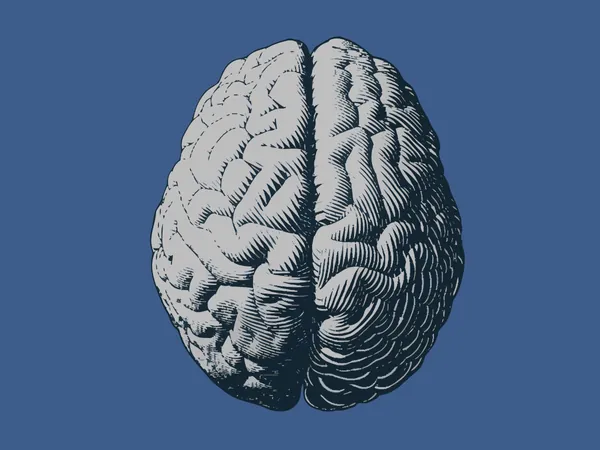
Startling Discovery: TCD Researchers Uncover Link Between Nanoplastics and Neurological Diseases
2025-09-15
Author: Arjun
A Groundbreaking Study by TCD
In a striking revelation, scientists at Trinity College Dublin (TCD) have established a link between nanoplastics and the deterioration of brain health, potentially paving the way for neurodegenerative conditions like Parkinson's and Alzheimer's.
The Brain Behind the Research
The innovative study, spearheaded by undergraduate student Devin Seward and Dr. Gavin Davey from TCD’s School of Biochemistry and Immunology, emerged from a project conceived in 2023. Devin, pursuing a neuroscience degree, was eager to understand the implications of environmental nanoplastics.
What Are Nanoplastics?
These minuscule particles, specifically polystyrene nanoplastics (PS-NPs), arise when larger plastics decompose. Smaller than microplastics, they have already been detected in various organs, including the brain, heightening concerns over their potentially harmful effects.
Nanoplastics and Brain Function: A Dangerous Connection
The research team focused on the mitochondria of rat brain tissue, the cell’s powerhouses responsible for generating energy essential for cognitive function. Disturbances in mitochondrial activity can trigger severe neurological disorders.
In a startling finding, researchers discovered that PS-NPs disrupt the "electron transport chain," the critical protein complexes responsible for energy production in cells, specifically ATP (adenosine triphosphate). Prof. Davey expressed his astonishment, stating, "The nanoplastics seemed to target the electron transport chain, a key part of the mitochondria’s energy production process."
Implications for Future Health
Alarmingly, the study also projected that the persistent presence of nanoplastics could damage bioenergetic functions over time and hinder communication between brain cells—essential for learning and memory.
Prof. Davey highlighted, "The rise of synthetic plastics since the mid-20th century coincides with increased exposure to nanoplastics, suggesting that this newly identified mitochondrial mechanism might explain the surge in neurodegenerative diseases, contributing an environmental aspect to known genetic and lifestyle risks."
A Personal Journey in Research
The findings have been documented in the Journal of Hazardous Materials: Plastics. Devin Seward reflected on his experience, stating, "Developing this research under Dr. Davey’s guidance has been incredible, providing me a platform to contribute to vital studies on environmental health early in my career. It’s thrilling to see our findings published!"


 Brasil (PT)
Brasil (PT)
 Canada (EN)
Canada (EN)
 Chile (ES)
Chile (ES)
 Česko (CS)
Česko (CS)
 대한민국 (KO)
대한민국 (KO)
 España (ES)
España (ES)
 France (FR)
France (FR)
 Hong Kong (EN)
Hong Kong (EN)
 Italia (IT)
Italia (IT)
 日本 (JA)
日本 (JA)
 Magyarország (HU)
Magyarország (HU)
 Norge (NO)
Norge (NO)
 Polska (PL)
Polska (PL)
 Schweiz (DE)
Schweiz (DE)
 Singapore (EN)
Singapore (EN)
 Sverige (SV)
Sverige (SV)
 Suomi (FI)
Suomi (FI)
 Türkiye (TR)
Türkiye (TR)
 الإمارات العربية المتحدة (AR)
الإمارات العربية المتحدة (AR)